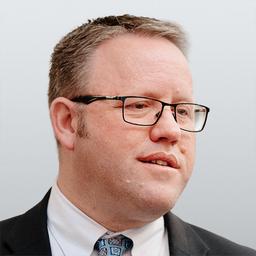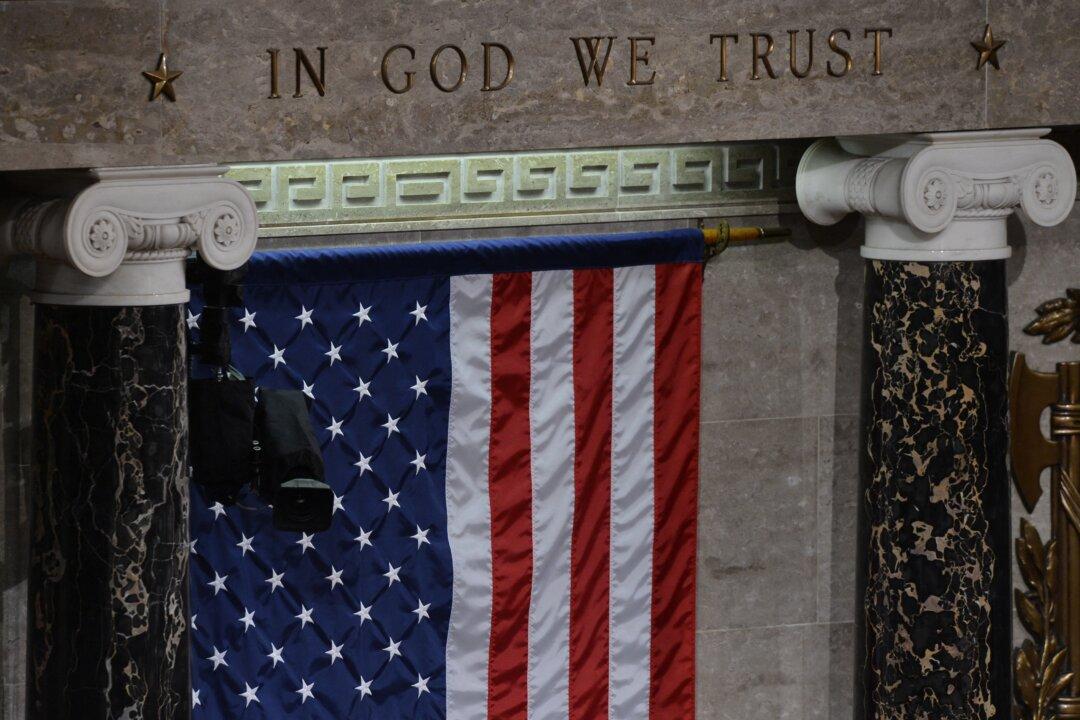The recent devastation in Los Angeles defies words. Frustration, despair, and anger weigh heavily on those who endured the wildfires. The word “surreal” barely captures the horror as close friends recount their homes and entire neighborhoods reduced to ash. Their stories, pictures, and videos are both mesmerizing and gut-wrenching. Sleep eludes me as I think of so many former neighbors left without shelter—possibly for years. My heart aches for the lives lost and the destruction left behind. I pray, relentlessly, for everyone affected.
As a former Calabasas resident during my graduate school years at Pepperdine in Malibu, I know these fires well—too well. I recall packing up my car with whatever I could grab, my wife and infant son beside me, preparing to flee as smoke billowed through our neighborhood, propelled by fierce winds and brittle conditions. In 2003, we escaped the Simi Fire by the grace of God and some perfectly timed rain.
I’ve spent countless hours on my motorcycle, weaving through Topanga, Malibu, and Laurel Canyons, tracing the Pacific Coast Highway, and cresting Mulholland Drive. Each ride was like stepping into a Beach Boys song—or a haunting echo of Led Zeppelin’s words: “Oh, the sea was red, and the sky was grey. Wondered how tomorrow could ever follow today.”
But tomorrow always comes, and we tell ourselves, “It’s not as hard as it seems.”
California’s beautiful rugged coast with its seismic scars, towering peaks and crashing waves is enchanting. I’ve spent time in Altadena, La Crescenta, Glendora, and the San Gabriel Valley; they are full of resilient, kind, patriotic and God-fearing people. None of them, regardless of their ideologically diverse beliefs, deserved the wrath of wildfire they’ve endured.
Wildfires stir something deep within me. Years ago, I inadvertently started a brush fire while clearing dry grass from my own property. The sun-baked stalks caught in my weed trimmer’s hot engine, igniting a small, multi-acre inferno. What began as a precaution to protect my water well became a battle against flames. A nearby fire crew, already in training, made sure the fires didn’t get close to any homes or barns, but the terror lingers. My neighbors, who lost a few sections of fencing, quickly forgave me, sharing their own fire-fighting scars. In California, wildfires are almost a rite of passage.
As damage estimates precipitate, it’s easy to drown in the overwhelming situation which is increasingly far worse than anyone could reasonably expect. My experience in state and local government tells me recovery won’t come quickly.
But hope springs eternal.

Angelenos will remember the immense damage of an extraordinary earthquake 31 years ago in Northridge. Scores of people lost their lives, thousands were injured and displaced, and the damage was in the tens of billions of dollars. Many believed it would take years to rebuild key infrastructure, but a commanding governor and contractor did the impossible. With loads of regulations waived, construction company owner C.C. Myers became a legend when he rebuilt several key bridges along the highway in 66 days, beating all expectations.
Myers knew what was possible; he’d accomplished a similar feat a half decade before in the Loma Prieta earthquake. He was one of those proverbial men who could match the mountains of crumbled concrete and rebar. I met him a few times when he testified before the legislature for regulatory relief. Larger than life yet approachable, he had a magical touch.
The situation in which we now find ourselves is not all that different; it’s a result of decades of stultified governance statewide. So now, as the initial clean-up begins in earnest, perhaps Californians can take a step back to assess not only the damage, but the conditions that led to this catastrophe. Reflection should be grounded in actual policy decisions, not ethereal conditions or political scapegoating.
Accordingly, policymakers should avoid the temptation to create a new regime of regulations to ostensibly fix old ones that didn’t work. It’s time to splice together sensible guidelines that conserve California without extending the dystopian nightmare that led us to this point.
Let’s adapt to our climactic conditions and rebuild the ashen properties, rebuffing those who are quick to make decisions that advance their political future rather than protecting their constituents or fireproofing the state’s resilient communities.
Heroes are rising from the ashes. Some, long ignored, now stand vindicated. They overcome the enticing desire to say, “I told you so,” because their goal is to rebuild. Angelenos again have the decision to mitigate or abandon their homes and I hope they choose the latter. I hope they stay and go bigger with their aspirations.
The state will never look like it did 200 years ago, let alone last year before the ravishing fires. But we can keep the nostalgia alive as we make up our minds to make a new start with fewer regulations and less aching in our hearts.







